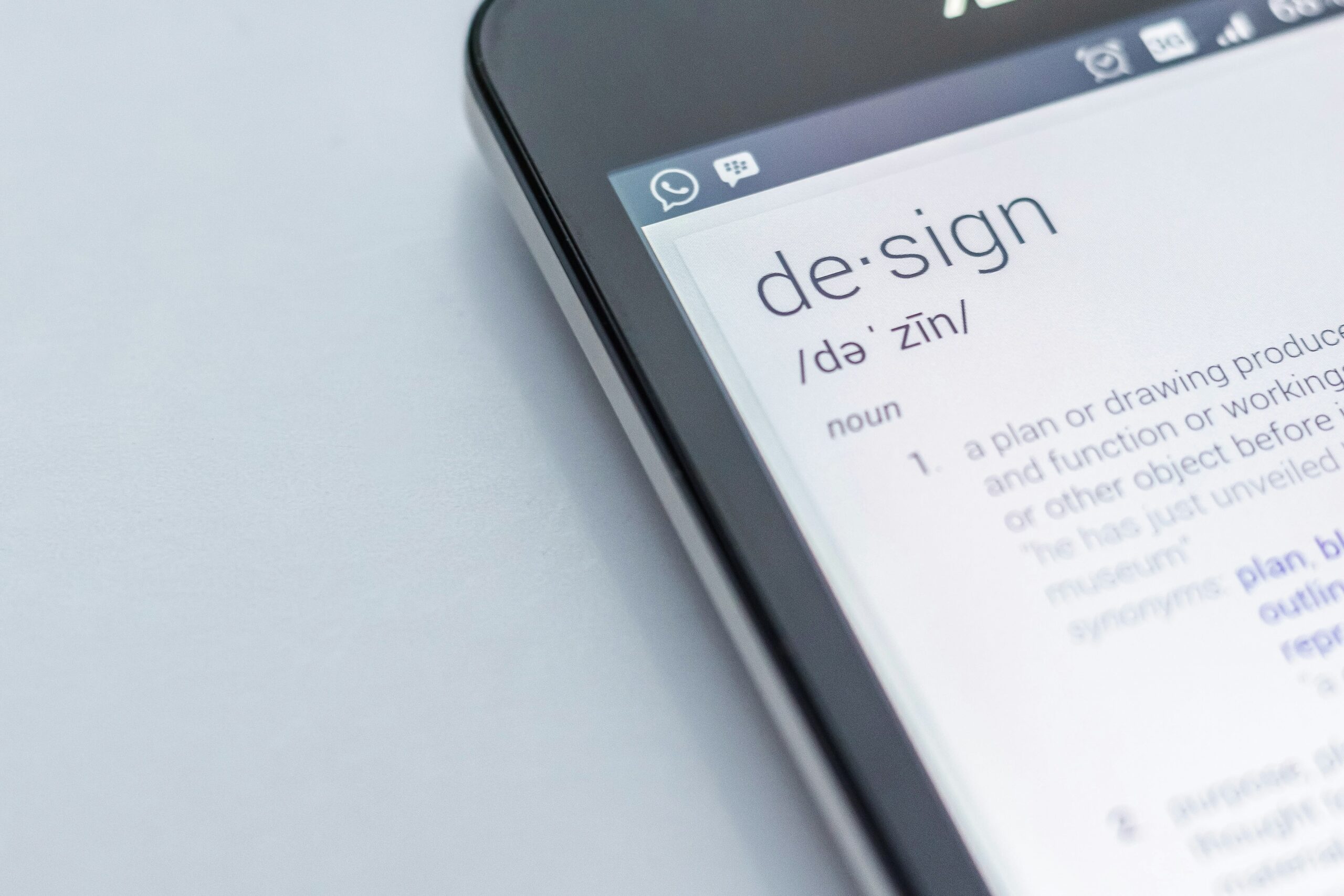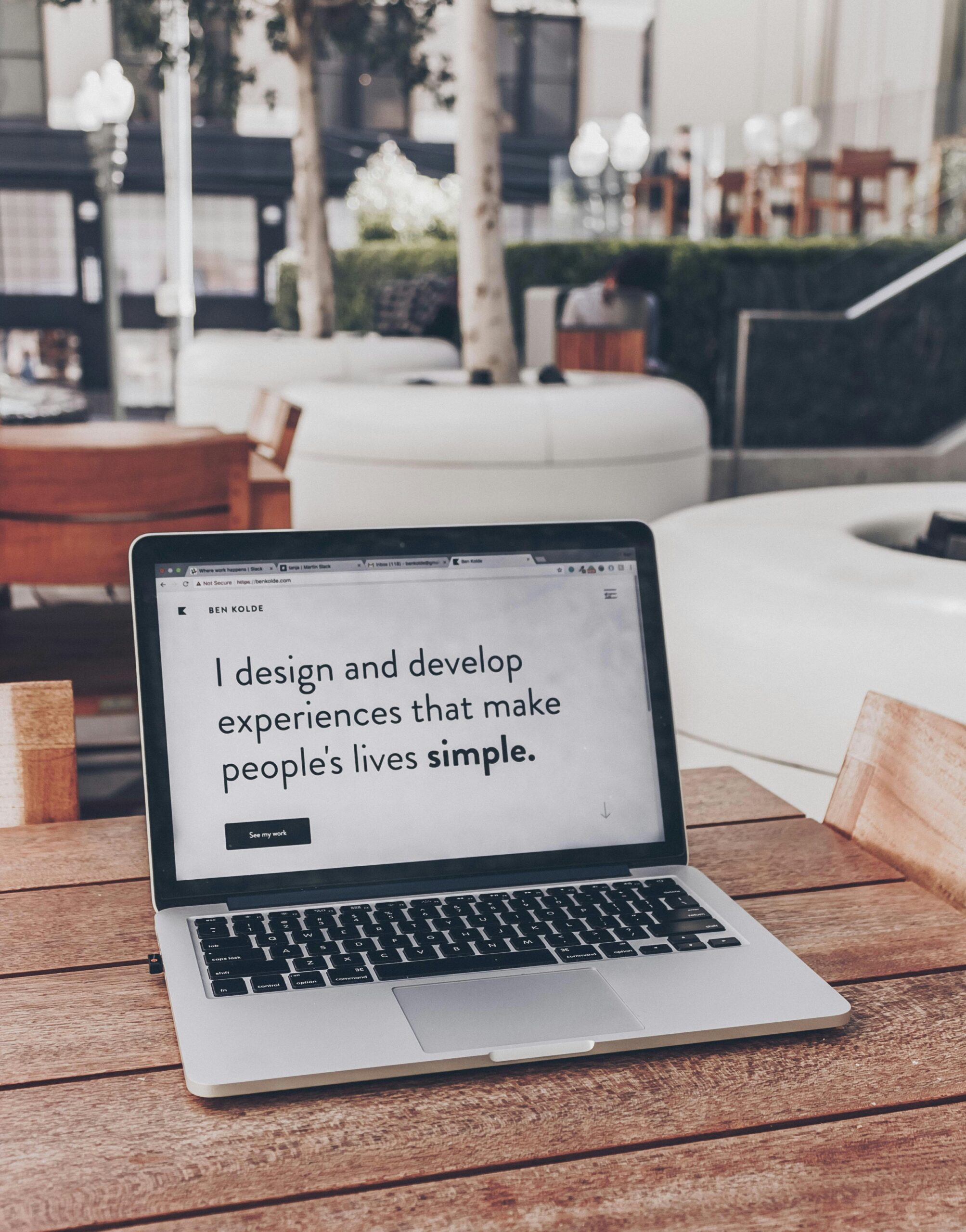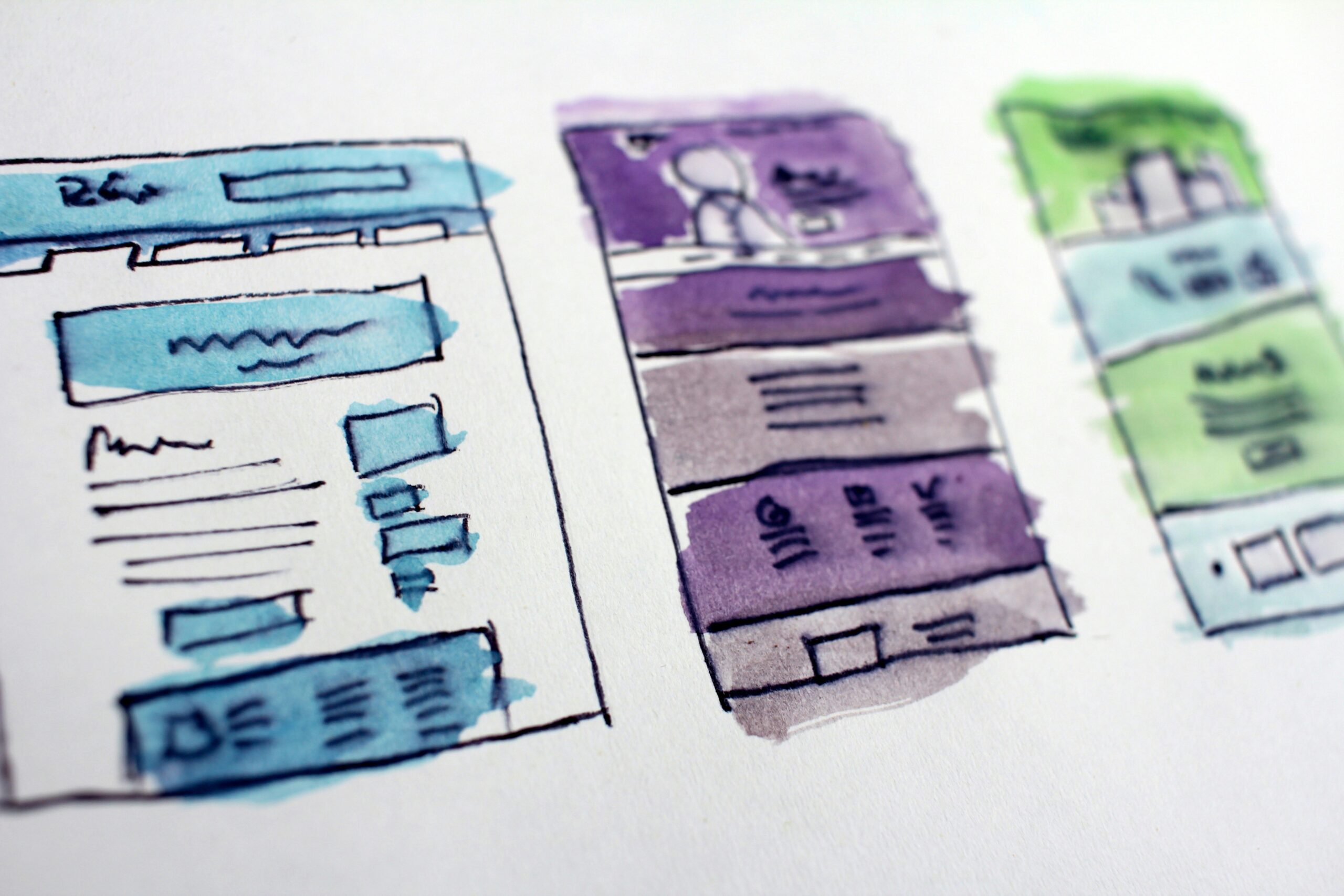Introduction
In today’s fast-paced digital world, user-centered innovation has become crucial for businesses to stay competitive. With the constant evolution of technology and the increasing demands of users, it is essential for companies to focus on creating exceptional user experiences through intuitive and engaging user interfaces (UI) and user experiences (UX).
The Importance of User-Centered Design
User-centered design is an approach that prioritizes the needs and preferences of the end-users throughout the design and development process. By placing the user at the center of the design process, companies can create products and services that are tailored to their target audience’s specific requirements.
By adopting a user-centered design approach, businesses can achieve several benefits:
- Enhanced User Satisfaction: By understanding the users’ needs and preferences, companies can create products and services that meet their expectations, resulting in higher user satisfaction.
- Increased User Engagement: A well-designed UI/UX can significantly enhance user engagement, leading to increased user retention and loyalty.
- Improved Conversion Rates: Intuitive and user-friendly interfaces can streamline the user journey, making it easier for users to complete desired actions, such as making a purchase or signing up for a service.
- Reduced Support Costs: A well-designed UI/UX can minimize user confusion and frustration, resulting in fewer support requests and lower support costs.
Challenges in UI/UX Design
While user-centered design offers numerous benefits, it also presents its fair share of challenges. Some of the common challenges faced by UI/UX designers include:
- Understanding User Needs: Gaining a deep understanding of the target audience’s needs, preferences, and pain points is crucial for effective UI/UX design. Conducting user research and usability testing can help designers gather valuable insights.
- Keeping up with Technological Advancements: With technology advancing at a rapid pace, UI/UX designers need to stay updated with the latest trends and tools to create innovative and relevant designs.
- Designing for Multiple Devices: With the proliferation of smartphones, tablets, and other devices, designers must ensure that their UI/UX designs are responsive and adaptable across various screen sizes and platforms.
- Balancing Aesthetics and Functionality: While aesthetics play a crucial role in UI/UX design, it is equally important to maintain a balance between visual appeal and functionality. Designs should be visually pleasing without sacrificing usability.
Exploring UI/UX Solutions
To overcome the challenges mentioned above and create exceptional user experiences, UI/UX designers can employ various strategies:
- User Research: Conducting user research, such as interviews, surveys, and usability testing, helps designers gain valuable insights into user behavior and preferences. This data-driven approach ensures that designs are tailored to the target audience’s needs.
- Responsive Design: With the increasing use of mobile devices, responsive design has become essential. By designing interfaces that adapt to different screen sizes and orientations, designers can provide a consistent and seamless experience across devices.
- Usability Testing: Regular usability testing allows designers to identify any usability issues and make necessary improvements. By observing users interact with the interface, designers can gain valuable feedback and insights for optimization.
- Collaborative Design: Involving stakeholders, developers, and users in the design process fosters collaboration and ensures that the final product meets everyone’s expectations. This approach helps identify potential issues early on and promotes a user-centered mindset.
Conclusion
User-centered innovation is crucial for businesses to thrive in today’s competitive landscape. By adopting a user-centered design approach and exploring UI/UX solutions, companies can create products and services that not only meet the needs of their target audience but also provide exceptional user experiences. By prioritizing user satisfaction, engagement, and conversion, businesses can gain a competitive edge and foster long-term customer loyalty.











Leave a Reply